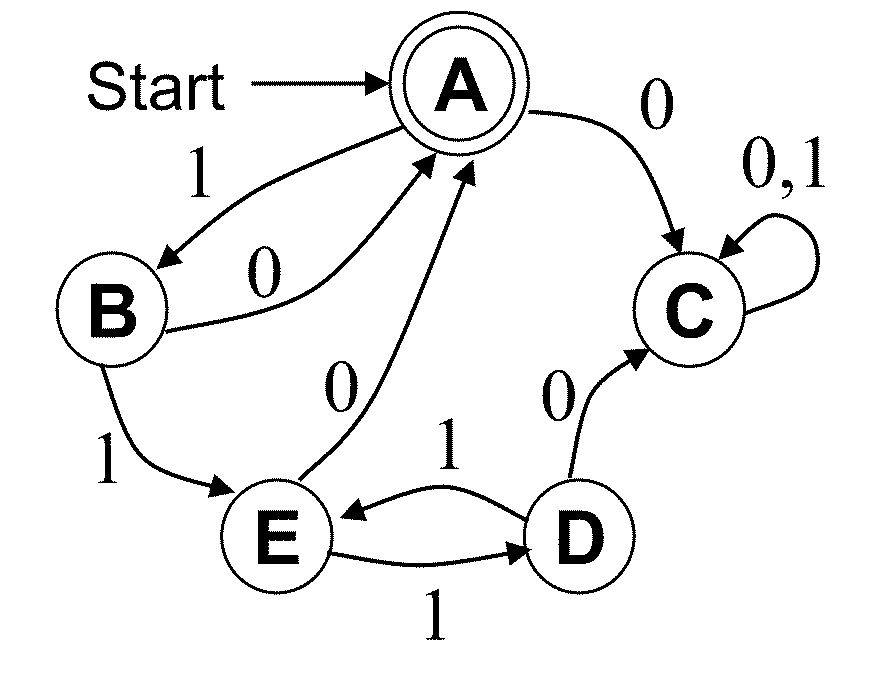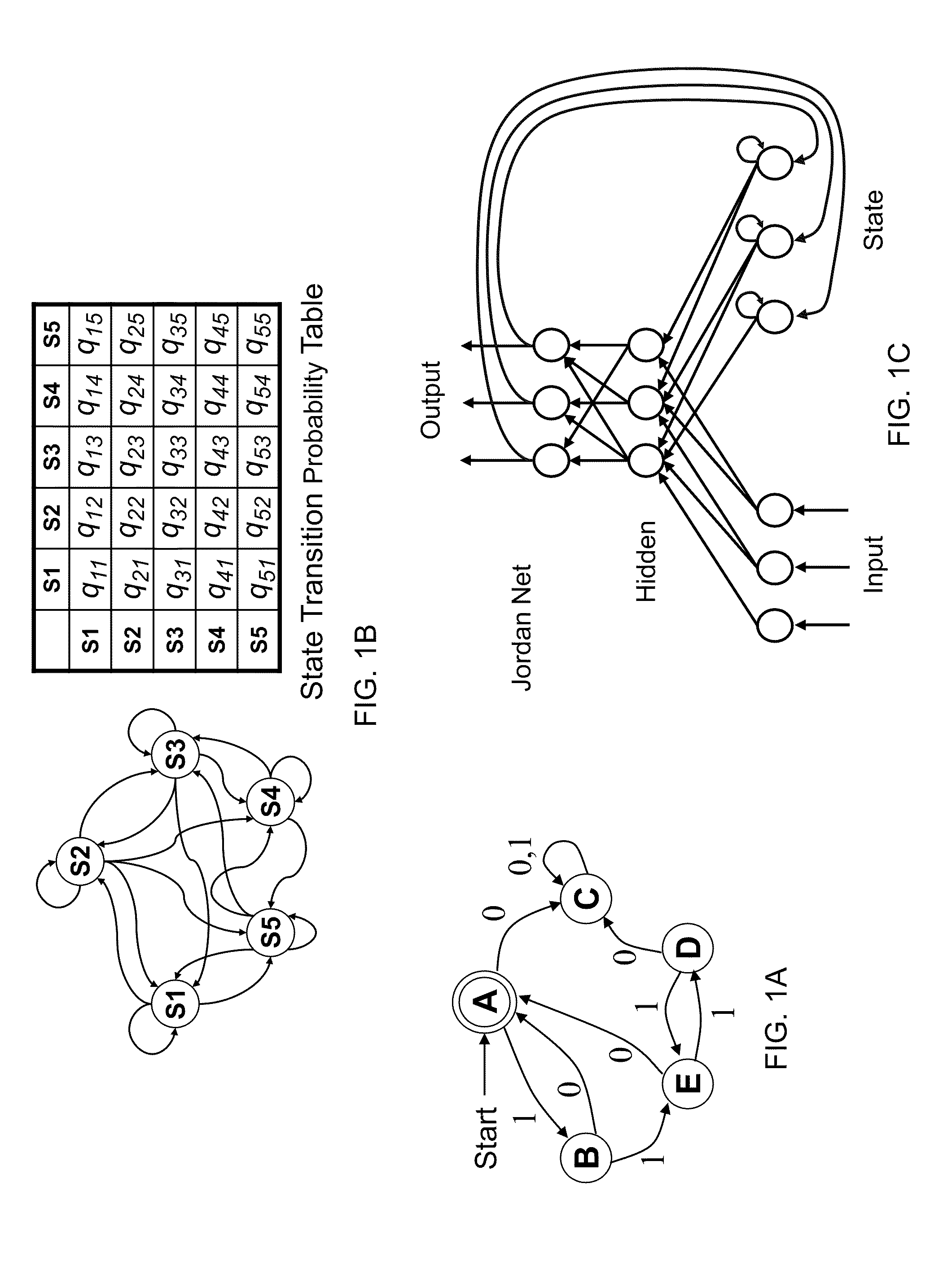Overcoding-and-paring: a bufferless chunking process and uses thereof
- Summary
- Abstract
- Description
- Claims
- Application Information
AI Technical Summary
Benefits of technology
Problems solved by technology
Method used
Image
Examples
Embodiment Construction
1. Definitions
[0104]A physical system may consist of different “parts” or “elements.” At any particular moment in time, a physical system's elements will be in a particular “arrangement” or “configuration.” A particular configuration of (or a setting of the values of) the elements comprising a physical system may be called a “state” of the system. A “state” is purely spatial, and has no temporal aspect, because it exists all at once, at particular moment. The set of all possible states, which a physical system can be in, may be called the “state space.”
[0105]For example, a single byte of a typical computer memory has 8 bits, thus the state space of the byte has 28=256 states, since each of its eight bits (elements) can be set in either one of two states—“active” (“on,” 1) or “inactive” (“off,” 0). Thus there are 28 different ways that the eight bits can be set (e.g., 00000000, 00000001, 00000010, 00000011, . . . , 11111111). However, in certain embodiments of the invention, each rep...
PUM
 Login to View More
Login to View More Abstract
Description
Claims
Application Information
 Login to View More
Login to View More - R&D
- Intellectual Property
- Life Sciences
- Materials
- Tech Scout
- Unparalleled Data Quality
- Higher Quality Content
- 60% Fewer Hallucinations
Browse by: Latest US Patents, China's latest patents, Technical Efficacy Thesaurus, Application Domain, Technology Topic, Popular Technical Reports.
© 2025 PatSnap. All rights reserved.Legal|Privacy policy|Modern Slavery Act Transparency Statement|Sitemap|About US| Contact US: help@patsnap.com



